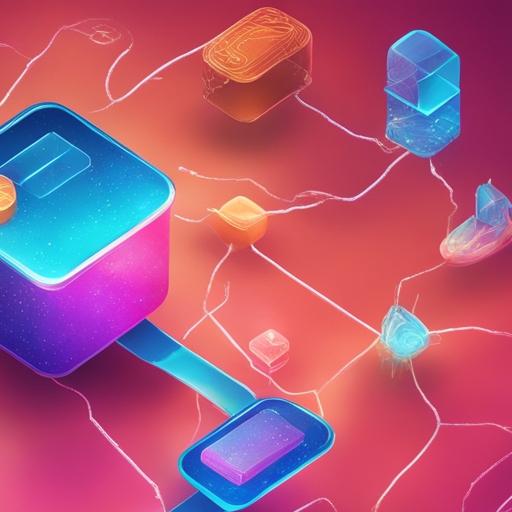In the evolving world of digital assets and blockchain technology, Non-Fungible Tokens (NFTs) have recently taken center stage. But what exactly are NFTs, and why have they garnered so much attention?
To understand NFTs, we first need to grasp the concept of fungibility. Fungible items are those that can be exchanged on a one-to-one basis without any loss of value. For instance, a dollar bill or a Bitcoin is fungible. You can trade one dollar for another, and it will hold the same value. Non-Fungible Tokens, on the other hand, represent unique digital assets that cannot be exchanged like-for-like. Each NFT has a distinct value due to its uniqueness, verifiability, and ownership provenance.
An NFT is essentially a digital certificate of authenticity. It is stored on a blockchain—a decentralized digital ledger that ensures the uniqueness of the data it records. The majority of NFTs are part of the Ethereum blockchain—although other blockchains like Binance Smart Chain and Flow are also supporting them. Each NFT contains distinguishing information that makes it different from any other NFT and traceable back to its original creator.
One of the most compelling aspects of NFTs is their application within digital art. Artists can tokenize their work, creating a digital certificate of ownership that can be sold or traded. This opens up a whole new revenue stream for artists, bypassing traditional art marketplaces and middlemen. A famous example of this is the sale of the digital artwork “Everydays: The First 5000 Days” by Beeple, which fetched $69 million at a Christie’s auction. Beyond art, NFTs can represent a variety of digital goods including music, videos, virtual real estate, and even tweets.
Another fascinating aspect of NFTs is their ability to include smart contracts. A smart contract is a self-executing contract with the terms of the agreement directly written into code. This feature allows for additional functionalities like royalty payments to be automated. For example, an artist can program an NFT to pay them a percentage of the sale price every time the NFT is resold.

The appeal of NFTs extends to collectors and enthusiasts. Traditional forms of collecting—such as trading cards, stamps, and rare coins—have transitioned into the digital domain. Digital scarcity drives value in much the same way. NFTs are indestructible, easily verifiable, and almost impossible to counterfeit, providing a new level of security and trust in the world of collectibles.
Despite the buzz, NFTs aren’t without their challenges and controversies. Critics argue that the NFT market is experiencing a speculative bubble similar to the dot-com era, with prices inflated beyond intrinsic value. Additionally, the environmental impact of blockchain technology is a growing concern, as the minting and transaction processes for NFTs consume significant amounts of energy.
Yet, proponents believe that NFTs hold transformative potential. They envision a future where digital ownership can be authenticated and transferred with ease, revolutionizing industries beyond art and collectibles—to include real estate, education, and more.
In conclusion, NFTs are more than just a digital trend; they represent a broader shift towards integrating blockchain technology into our everyday lives. By providing verifiable, unique ownership of digital assets, NFTs are setting the stage for a new era in digital commerce and culture. Whether this phenomenon will settle into a stable market or combust into obsolescence remains to be seen, but one thing is certain—NFTs have ignited the conversation about the future of value and ownership in the digital age.
